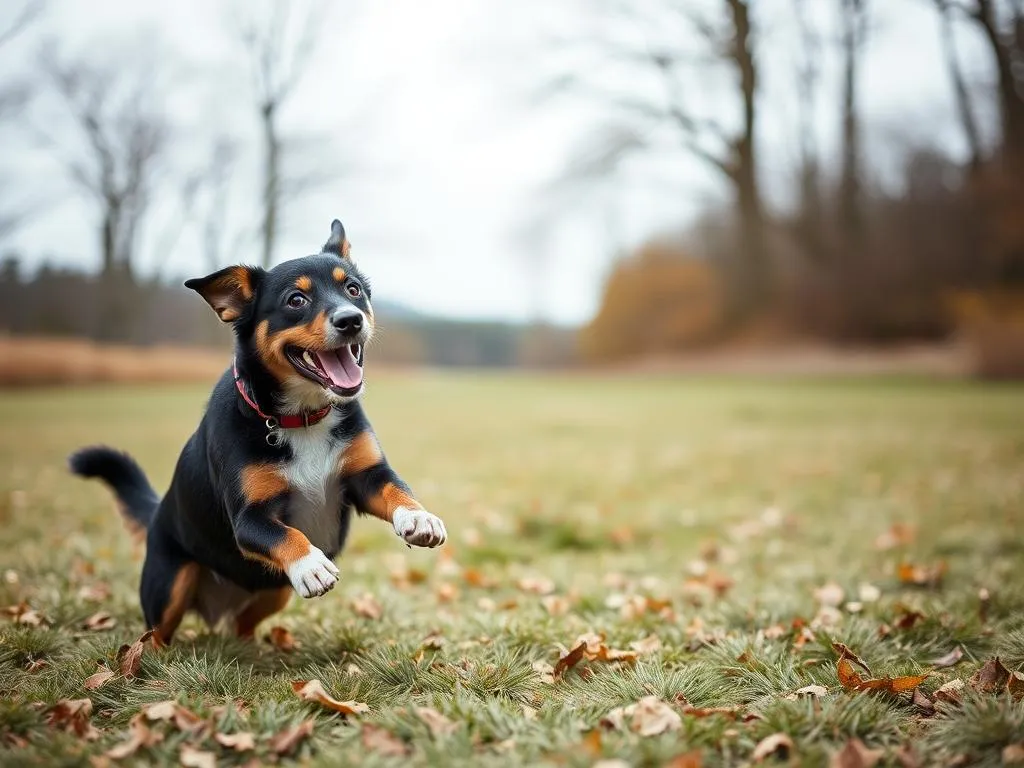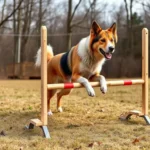
Introduction
Teaching your dog to fetch is not just a fun way to spend time together; it’s also a fantastic way to ensure your furry friend gets the exercise and stimulation they need. Fetch is a classic game that combines physical activity with mental challenges, making it an excellent choice for both energetic and laid-back dogs.
The benefits of teaching your dog to fetch extend beyond mere playtime. It helps in building a stronger bond between you and your canine companion, reinforces training commands, and keeps your dog healthy and happy. With a little patience and the right techniques, you can easily teach your dog this enjoyable skill.
Understanding Your Dog’s Motivation
Types of Motivation
One of the first steps in teaching your dog to fetch is understanding what motivates them. Dogs can be driven by various factors, primarily categorized into play drive and prey drive.
- Play Drive: Some dogs are naturally inclined to play and will be excited by toys and games. For these pups, fetch can be an exhilarating activity.
- Prey Drive: Other dogs have a stronger instinct to chase moving objects. These dogs might need a bit more encouragement to get interested in a game of fetch.
Each dog has a unique personality, so take some time to observe what excites your dog. Knowing whether your dog is more motivated by play or by the thrill of the chase can help tailor your training approach.
Choosing the Right Fetch Toy
Selecting the right toy is crucial for maximizing your dog’s interest in fetch. Here are some factors to consider:
- Size: The toy should be appropriate for your dog’s mouth size. Small toys can be a choking hazard, while overly large toys can be difficult for them to carry.
- Texture: Dogs often prefer toys that are easy to grip and comfortable to chew. Look for options that have different textures for variety.
- Durability: Fetch toys should withstand rough play and chewing. High-quality materials are essential for long-lasting fun.
Some popular fetch toys include:
- Frisbees: Great for dogs that love to jump and catch.
- Balls: A classic option; consider tennis balls or rubber balls for durability.
- Sticks: A natural choice, but always supervise your dog to prevent splintering.
Preparing for Training
Setting the Right Environment
Before diving into the training process, it’s essential to set the right environment. Choose a place where your dog can run freely without distractions.
- Open Areas: Parks or large backyards are ideal for teaching your dog to fetch. The open space allows for running and retrieving.
- Confined Spaces: If your dog is easily distracted, consider starting in a smaller area where you can control the environment.
Minimizing distractions during training is key to keeping your dog’s focus on the task.
Gathering Training Supplies
Having the right supplies on hand can make the training process smoother. Here’s a quick list of essentials:
- Fetch Toys: Choose one or two that your dog shows interest in.
- Treats: Use small, tasty treats for positive reinforcement.
- Clicker (optional): For those familiar with clicker training, this can help mark desired behaviors.
Step-by-Step Guide to Teaching Fetch
Introducing the Fetch Toy
Start by introducing the fetch toy to your dog. This initial step is crucial for sparking their interest.
- Encourage Interest: Wiggle the toy or toss it a short distance to grab your dog’s attention. Use an excited tone to make it sound appealing.
- Use Treats: If your dog seems hesitant, use treats to entice them to approach and interact with the toy.
Teaching the “Take It” Command
Once your dog shows interest in the toy, it’s time to teach them the “Take It” command.
- Present the Toy: Hold the fetch toy in front of your dog, encouraging them to take it.
- Reinforce the Command: When your dog picks up the toy, use the command “Take it” and immediately reward them with treats and praise. Repeat this until they associate the command with the action.
Teaching the “Drop It” Command
Next, teaching your dog to release the toy is essential for a successful game of fetch.
- Encourage Release: Once your dog is comfortable holding the toy, encourage them to let it go. Use treats or another toy as bait.
- Reinforce the Command: When your dog drops the toy, say “Drop it” and reward them immediately. Consistency is key, so practice this command regularly.
Practicing Retrieval
Now it’s time to practice retrieval, the heart of the fetch game.
- Start Short: Begin by throwing the toy a short distance. This makes it easier for your dog to succeed.
- Gradually Increase Distance: As your dog becomes more confident in retrieving the toy, gradually increase the distance you throw it.
Utilizing Positive Reinforcement
Positive reinforcement is vital for encouraging good behavior.
- After each successful fetch, praise your dog enthusiastically. This reinforces their behavior and makes them more likely to repeat it.
- Use treats strategically. Offer them as rewards when your dog successfully retrieves and brings back the toy.
Troubleshooting Common Issues
Lack of Interest in the Toy
If your dog shows little interest in fetch, don’t worry. Here are some strategies to boost their toy appeal:
- Change the Toy: Experiment with different types of toys. Some dogs prefer squeaky toys, while others may enjoy a simple ball.
- Add Excitement: Use your voice and body language to create enthusiasm around the game. Jumping and running can encourage your dog to join in.
Refusal to Bring Back the Toy
If your dog refuses to return the toy, it’s essential to encourage them to do so.
- Use Another Toy: When your dog picks up the toy but doesn’t return it, try showing them a second toy. This can entice them to come back to you.
- Practice Recall: Incorporate the “come” command during fetch training. Reward your dog when they return to you.
Distractions During Training
If your training sessions are interrupted by distractions, consider these tips:
- Control the Environment: Choose quieter locations for training, especially when starting.
- Vary Training Locations: As your dog improves, practice fetch in different environments to help them focus amidst distractions.
Advanced Fetch Techniques
Incorporating Fetch into Other Commands
Once your dog masters the basics of fetch, you can incorporate it into other commands.
- Teaching “Come”: As your dog retrieves the toy, call them back to you using the “come” command. Reward them when they return.
- Combining with Agility Training: Use fetch as a warm-up for agility exercises. This combination enhances both physical and mental stimulation for your dog.
Playing Fetch with Variations
Mixing up the game of fetch can keep it exciting for your dog.
- Different Types of Fetch Games: Try rolling the ball instead of throwing it, or play fetch with two toys to create a chase.
- Utilize Obstacles: Set up small obstacles for your dog to navigate while fetching. This adds a layer of challenge and keeps them engaged.
Health and Safety Considerations
Recognizing Signs of Fatigue
It’s important to monitor your dog during play to prevent overexertion.
- Understand Limits: Each dog has a different threshold for play. Watch for signs of fatigue, such as excessive panting or slowing down.
- Regular Breaks: Make sure to take breaks during play to allow your dog to rest and hydrate.
Choosing Safe Fetch Locations
When selecting locations for fetch, prioritize safety.
- Avoid Hazards: Ensure the area is free of sharp objects, traffic, and other potential dangers.
- Leash Training in Public Areas: If you’re in a public space, use a leash to maintain control and keep your dog safe.
Conclusion
Teaching your dog to fetch is a rewarding experience that promotes physical health, mental engagement, and a stronger bond between you and your furry friend. As you work through the steps, remember that patience and consistency are key. Each dog learns at their own pace, so celebrate the small victories along the way.
Continue practicing and reinforcing these skills, and soon you’ll have a fetching expert on your hands. Share your experiences and tips in the comments section, and enjoy the time spent playing fetch with your best friend!









